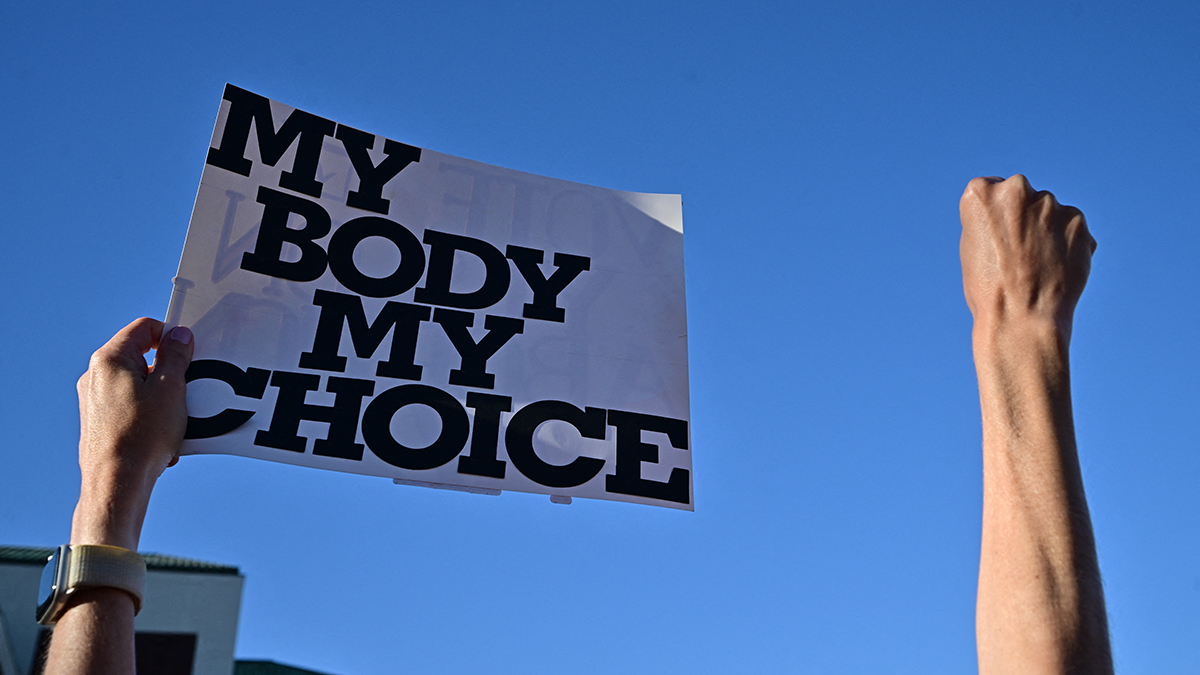The US Treasury’s plan to inject cash directly into banks will be more effective in battling the credit freeze than having the government buy the banks' troubled mortgage debt, analysts said.
The capital injections, which could begin by the end of October, should also be better for taxpayers, they add.
“I think this plan is far superior to the asset acquisition plan which I never believed made any sense at all, so I think (Treasury Secretary Henry Paulson) is on the right track,” said Richard Bove, banking analyst at Landenburg Thalmann.
Last week, Congress approved a $700 billion financial rescue plan, allowing the Treasury to buy up bad mortgage debt from troubled banks in the hopes unfreezing the credit markets. The rescue plan also allows the Treasury to put cash directly into banks, although that provision—which Congress insisted on—hasn't garnered much attention until the past few days.
Critics of buying up troubled assets, including Bove, said that strategy would actually worsen the capital structure of banks by forcing write-downs. It also would stick taxpayers with $700 billion worth of illiquid assets, he said.
On the other hand, putting cash directly into banks would allow the government to earn interest income and possibly even reap profits when the banks eventually recover.
“This is a win-win for the taxpayer, for the economy," Bove said. "Great Britain is already moving in that direction and that it is absolutely the way the $700 billion should be used.”
U.S. & World
Of course, the Treasury could easily end up doing both. And even if just 25 percent of the $700 billion went to capital injections, it “would have a very dramatic positive impact on the market,” Bove said.
Still, there's no guarantee either method would convince banks to start lending again.
With a capital injection, “the first thing you are doing is de facto guaranteeing the existing debt, so a lot of the value you are putting into the company is not going to make new loans,” said Luigi Zingales, a finanicial scholar at the University of Chicago. "It is transferred to the existing debt-holders."
If that happens this becomes a bailout not of the bank itself, but debt-holders, Zingales said.
“I don’t see any reason to bail out debt-holders with taxpayers money," he added. "They earned nice yields because they took risk and now when the risk materializes you want the government to bail them out. It doesn’t make any sense.”
For that reason Bove said there would have to be stipulations that the new capital would be used to make more loans, especially to small and medium-sized companies that are responsible for the lion’s share of job creation in the country and are most immediately in danger of going belly-up.
That would mean targeting capital injections to banks that are most heavily involved in servicing this market, Bove said, including Bank of America , which has the country’s largest bank retail operations, and JPMorganChase , another big player among the larger banks.
It would also probably cover Wells Fargo and a slew of middle-range banks such as PNC , BB&T and US Bank Corp .
Direct capital injection into banks could be done virtually overnight but Bove said they government would need to provide a “rationale” for the unprecedented government intervention.
“In my view, you select the banks where you are going to get the biggest bang for the buck in terms of job creation, and those would be the banks that make the largest amount of loans to mid and small-sized companies because they are the ones that create the most jobs,” said Bove. For more stories from CNBC, go to cnbc.com.



